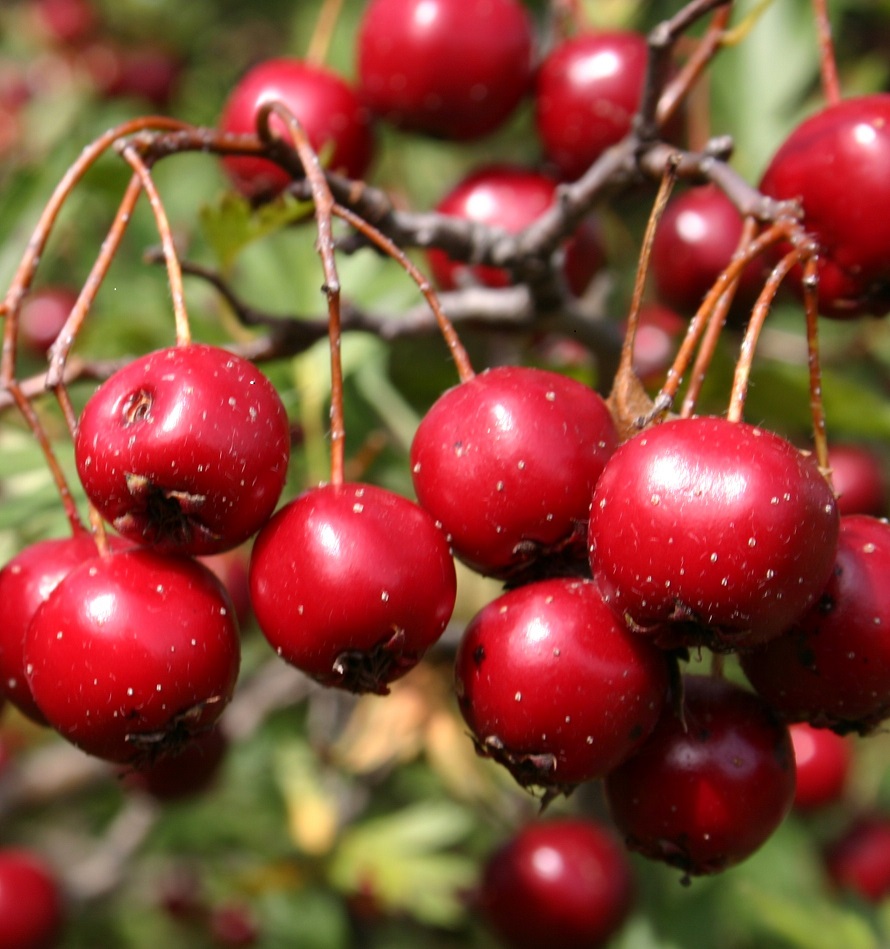

Extremely durable and fruiting species the Russian Hawthorne has consistently yielded high quality small fruits in great numbers. The fruit is apple like in flavor and very mild. It has good resistance against foliar diseases and fruits consistently every year. Fruits in this genus contain hearth healthy compounds and can be easily processed into jelly similar to a northern form of mayhaw jelly. Plants begin producing from seed in their 4th or 5th year. Trees are naturally dwarf rarely growing above 10 ft. tall with equal width. Fruits are produced in large cluster all along the branches. Fruits begin to ripen in August and go over a 2-4 week period. The fruit stays in good quality on the branches. One of the best culinary species I have tried in terms of fruit yield and flavor. The skins add a nice red hue to the processed fruit.
To germinate the seed: Plant outside about 1/4 inch deep. After the first year a few will pop the first spring. But the majority of the seedlings will come up the second year in spring. So just let the seed go through one more season and the following spring most will sprout. This is due to the hard seed coat which needs to break down a bit in the soil including the biological action and the warm cold periods needed to sprout. You can shorten this a bit by sanding the seeds and get them imbibe the water into the seed much faster. Plants grow rather spindly at first but develop a nice deep root system. They can be safely transplanted after 1-2 years old.
| Plant Specs |
| Genus & Species |
Crataegus ambigua |
| Seed Source |
Michigan, Wyoming |
| Hardiness |
-30F or more |
| Pollination Requirements |
Self fertile without need for additional plants. |
| Soil |
Dry rocky soil low in organic matter. |
| Climate |
Has done well in dry cold climates far beyond the limits of most fruit plants due to its drought,wind and heat tolerances. |
| Ease of Cultivation |
One of the best species for cultivation for fruit 'as is' without needed cultivars. From Wyoming , our first attempt at growing this was very successful and really produced a lot of fruit in a short period of time. Due to its recognition as a health fruit, this species will work well in the northern U.S. |

